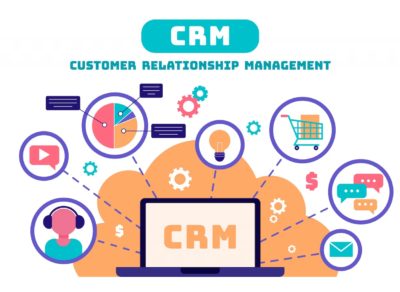
What are the pillars of modern digital-first banking
As technology continues to shape our world, banking is no exception. The modern consumer expects a digital-first experience and underscores digital capability as an important marker of success for financial institutions. To stay competitive and meet today’s consumer expectations, banks must understand the pillars of modern digital-first banking – customer experience design, data analysis enabled by analytics, mobile technologies that drive both loyalty and productivity, and investments in innovative solutions such as automation tools.
In this blog post, we are going to take a look at these four areas of digital-first banking in order to better understand how they interact and what strategies should be employed in order to create successful customer journeys now and into the future. Read on if you’re ready to learn more about modernizing your bank’s existing platform!
1. Omnichannel Presence and UX Experience

Banking over many channels makes transactions easier and improves the client experience. And if someone believes that omnichannel marketing is limited to giving customers “n” different ways to communicate with them, they are mistaken. Interaction with a client should be easy and consistent across all channels.
Banks would permit access from any device, at any time, with a consistent experience across channels once they adopted an omnichannel approach. Additionally, interactions across many customer touchpoints allow for the generation of insights, conversational optimization, and personalization.
When combined with outstanding UX design, omnichannel presence works like magic on one’s customers. According to statistics, people squander 78% of their time using offline banking services. Many customers are unable to enjoy pleasant digital banking since the majority of UX designs lack appeal and usefulness.
There are seven basic UX design concepts that must be considered, according to experts: Simplicity, Mobile First, Transparency, Aesthetic, Personalization, Self-service, and Holistic.
Giải pháp của SmartOSC Fintech BACKBASE DIGITAL BANKING, BUY NOW PAY LATER, LOS, CDP, EKYC, DIGITAL ONBOARDING
2. Data Power
Banks and fintech companies are able to understand their clients, spot business opportunities better, and cut expenses thanks to data and analytics. Financial firms might predict loan defaults with analytics on board, identify customers who are taking advantage of aggressive discounting, and reorganize the price of goods and services. By delving deeply into statistics, businesses can compare the specific product features of each client with the average, enabling customization and customization and strengthening the firm-client relationship.
Finding better clients and prospects can be accomplished with data mining, another component of data science. Another advantage of data mining is the ability to prioritize leads and build relationships with both current and potential customers. To identify customers who are at risk of leaving one’s brand, behavioral analytics might also be combined. Individual action plans could then be developed to keep these customers loyal.
3. API and Open Banking
APIs are the entry point for creative, contextual solutions. With its growth, it is easier to meet clients’ customized needs by providing a wide range of solutions, which may not be possible with legacy firms. Banks might benefit from using APIS to pursue new channels of distribution while also enhancing the digital banking experience for customers. With modular or API architecture, even the product development process could be short and TTM[Time to Market] might be decreased. That implies that your program could adapt quickly, which is what is required right now. In fact, APIs are giving banks and fintech companies access to novel sources of income.
4. Social Good

Yes, the development of banks and banking was geared at serving as a middleman between investors, buyers, and sellers. However, banking might also be able to assist in resolving some of society’s social problems.
The first step in ethical banking is to make banking accessible to those who lack KYC, do not have nearby branches, or have difficulty paying for banking services, which entails enabling financial inclusion.
The next stage is to offer community members low-interest loans that are affordable to help them survive, whether that means giving them the means to establish their own businesses, develop new skills, or even exercise entrepreneurial abilities.
Good banking may also entail environmental responsibility, which includes using mobile wallets, electronic fund transfers, renewable energy sources like the sun, paperless bills and statements, KYC, etc.
Conclusion
In order to succeed in the digital-first world, banks must embody certain pillars. By implementing these four pillars into their operations, banks can provide customers with the modern banking experience they crave while still maintaining profitability. What other areas do you think banks need to focus on in order to compete in the digital-first landscape?
SMARTOSC Fintech has years of experience in providing top-quality software development solutions for banks, contact us today to learn more about how we can help you!


